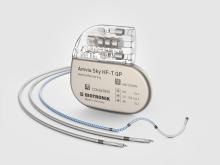What Is Coronary Artery Disease?
The narrowing or blockage of coronary arteries usually happens due to plaque buildup, which can cause Coronary Artery Disease (CAD). In some cases, coronary artery disease can entirely block the supply of oxygen-rich blood to the heart muscle, causing a heart attack.




